

Articles
How Much To Install Sump Pump In Basement
Modified: August 17, 2024
Looking for articles on how much it costs to install a sump pump in your basement? Get all the information you need to make an informed decision!
(Many of the links in this article redirect to a specific reviewed product. Your purchase of these products through affiliate links helps to generate commission for Storables.com, at no extra cost. Learn more)
Introduction
Welcome to our comprehensive guide on the cost of installing a sump pump in your basement. If you’ve experienced water seepage or flooding in your basement, you understand the importance of having a reliable sump pump system in place. Sump pumps are designed to prevent water damage by effectively redirecting and removing excess water that accumulates in your basement.
With the potential for costly damages from basement flooding, it’s crucial to invest in a quality sump pump and ensure it is installed properly. In this article, we’ll discuss the factors that affect the cost of sump pump installation, provide step-by-step instructions for installing a sump pump in your basement, and help you determine whether to hire a professional or tackle the installation as a DIY project. We’ll also cover common problems that may arise with sump pumps and provide maintenance tips to keep your system running smoothly.
Understanding the importance of sump pumps can help you protect your basement and valuable possessions from water damage. Basement flooding can lead to structural damage, mold growth, and electrical hazards among other issues. Investing in a sump pump system provides an added layer of protection against these potential risks.
When water accumulates around the basement foundation, a sump pump will remove the excess water and divert it away from your home’s foundation. This prevents water from seeping into the basement, helping to keep it dry and free from mold and mildew. A sump pump is typically installed in a specially designed sump pump pit or basin.
Now that you understand the importance of sump pumps, let’s delve into the factors that can affect the cost of sump pump installation.
Key Takeaways:
- Proper sump pump installation and maintenance are essential for protecting your basement from water damage, mitigating mold growth, and safeguarding your home’s structural integrity. Understanding the factors affecting installation costs and the importance of regular maintenance will help you make informed decisions.
- While DIY sump pump installation can save money, professional installation ensures efficient and correct setup, saving time and effort. Regular maintenance, such as inspecting, cleaning, and testing the sump pump, is crucial for optimal performance and longevity.
Read more: What Sump Pump Is Best For A Basement
Understanding the Importance of Sump Pumps
Sump pumps play a crucial role in protecting your basement from water damage. Whether you live in an area prone to heavy rain, have a high water table, or simply want to safeguard your basement from potential flooding, installing a sump pump is a wise investment.
Here are some key reasons why sump pumps are important:
- Preventing Basement Flooding: One of the primary roles of a sump pump is to prevent water from flooding your basement. By removing excess water, the sump pump helps keep the basement dry and minimizes the risk of structural damage.
- Mitigating Mold and Mildew: Excessive moisture in the basement can lead to mold and mildew growth, which can be hazardous to your health. A sump pump helps keep the basement environment dry, reducing the risk of mold and mildew formation.
- Protecting Belongings: Many homeowners use their basement for storage, housing important items or sentimental belongings. By keeping the basement dry, a sump pump helps safeguard your valuable possessions from water damage.
- Preventing Foundation Damage: When water accumulates around the foundation of your home, it can cause cracks and weaken the structural integrity. A sump pump prevents excess water from pooling around the foundation, reducing the risk of costly foundation damage.
Without a functioning sump pump, you leave your basement vulnerable to moisture and water damage. The long-term consequences of basement flooding can be significant, leading to costly repairs, health hazards, and diminished property value. By installing a sump pump, you take proactive steps to protect your home and investment.
It’s important to note that sump pumps must be properly maintained and regularly checked to ensure they are in good working condition. This includes checking the float switch, testing the backup system (if applicable), and clearing any debris that may accumulate in the sump pump pit. Regular maintenance and periodic inspections will help ensure that your sump pump is ready to perform at its best when you need it most.
Now that we understand the importance of sump pumps, let’s explore the factors that can influence the cost of sump pump installation.
Factors Affecting the Cost of Sump Pump Installation
The cost of sump pump installation can vary depending on several factors. Understanding these factors will help you estimate the potential expenses associated with installing a sump pump in your basement. Here are the key factors that can influence the cost:
- Type of Sump Pump: There are various types of sump pumps available, including pedestal pumps and submersible pumps. Pedestal pumps are typically less expensive and easier to access for repairs, while submersible pumps are more costly but operate quietly and can handle higher volumes of water.
- Pump Capacity: The capacity, measured in gallons per minute (GPM), determines how much water the sump pump can handle in a given timeframe. Higher capacity pumps tend to be more expensive but can provide greater protection against basement flooding.
- Battery Backup System: Adding a battery backup system to your sump pump is an additional cost but can provide peace of mind during power outages or in situations where the main pump malfunctions. A battery backup ensures that your sump pump continues to operate even when the power is out.
- Sump Pump Pit or Basin: If you don’t already have a sump pump pit or basin in your basement, you may need to install one. The size and complexity of the pit or basin can impact the installation cost.
- Discharge System: The sump pump needs a discharge system to efficiently remove water from your basement. This may involve installing pipes and possibly a check valve. The length and complexity of the discharge system can affect installation costs.
- Location and Accessibility: The accessibility of your basement and the location of the sump pump installation can impact the cost. If there are obstacles or limitations that make installation more challenging, additional labor and materials may be required.
- Permit and Inspection Fees: Depending on your location, you may need to obtain permits and undergo inspections for sump pump installation. These fees can vary, so it’s important to check with your local authorities.
It’s worth noting that the cost of sump pump installation can vary significantly depending on your specific requirements and the complexity of the project. It’s recommended to get multiple quotes from reputable contractors to compare prices and services before making a decision.
By considering these factors and understanding the potential costs involved, you can budget accordingly and make an informed decision about sump pump installation in your basement. Now, let’s explore how to determine the correct size and type of sump pump for your needs.
Determining the Correct Size and Type of Sump Pump
Choosing the correct size and type of sump pump is essential to ensure effective water removal and prevent basement flooding. Here are some important considerations to help you determine the right size and type of sump pump for your needs:
- Calculate Your Basement’s Water Inflow: Start by determining how much water is likely to enter your basement during heavy rain or flooding. This will help you estimate the capacity (measured in GPM – gallons per minute) required for your sump pump. You can calculate water inflow using a bucket test or consulting a professional.
- Consider the Pump Capacity: Choose a sump pump with a capacity that exceeds the estimated water inflow. It’s recommended to select a pump with a higher GPM rating to ensure it can handle the maximum water flow in your basement.
- Assess the Type of Pump: Consider whether a pedestal pump or a submersible pump is more suitable for your needs. Pedestal pumps have the motor located above the sump pit, allowing for easy maintenance and repair but may be noisier. Submersible pumps are submerged in the sump pit and are generally quieter.
- Factor in Additional Features: Depending on your requirements, you may want to consider additional features such as a battery backup system, which ensures operation during power outages, or a water alarm that notifies you of potential flooding.
- Seek Professional Advice: If you’re unsure about the correct size and type of sump pump for your basement, it’s always wise to consult with a professional plumber or sump pump specialist. They can assess your specific needs and recommend the most suitable options.
Remember, investing in a quality sump pump that exceeds your basement’s water inflow is crucial for effective water removal and protection against basement flooding. Keep in mind that the cost of a larger-capacity sump pump may be higher, but it can provide greater peace of mind.
Once you’ve determined the correct size and type of sump pump, it’s time to prepare for the installation process. We will guide you through the necessary steps in the next section.
Preparing for Sump Pump Installation
Before installing a sump pump in your basement, it’s important to properly prepare the area to ensure a smooth and successful installation. Taking the time to prepare will help streamline the process and minimize potential complications. Here are some key steps to follow when preparing for sump pump installation:
- Identify the Installation Location: Determine the optimal location for the sump pump installation. It should be close to an electrical outlet and have sufficient space for the sump pump and pit or basin.
- Clear the Area: Remove any debris, personal belongings, or furniture from the installation area. This will provide a clear and unobstructed space for the sump pump and allow for easy access during installation and maintenance.
- Ensure Proper Drainage: Verify that the sump pump discharge pipe has a proper route for water drainage. It should direct water away from the foundation of your home to prevent water from recirculating back into the basement.
- Check Local Codes and Regulations: Familiarize yourself with any local building codes and regulations that may apply to sump pump installation. Ensure that you adhere to these guidelines to avoid any violations.
- Arrange for Power Supply: Ensure that there is an accessible electrical outlet near the installation area to provide power to the sump pump. Consider installing a dedicated circuit for the sump pump to prevent overload from other household appliances.
- Prepare the Sump Pump Pit or Basin: If you don’t already have a sump pump pit or basin in your basement, you’ll need to prepare one. Dig a hole in the designated area, ensuring it is deep enough to accommodate the sump pump and allow for proper water collection.
- Test the Sump Pump Pit: Before installing the sump pump, conduct a simple test by pouring water into the pit to ensure that it drains properly and that the water level activates the pump.
- Gather Necessary Tools and Supplies: Collect all the tools and supplies you’ll need for the installation, such as PVC pipes, check valves, connectors, and sealants. Having everything on hand beforehand will help streamline the process.
- Consider Professional Assistance: If you are unsure about any aspect of the preparation or installation process, it’s wise to seek professional assistance. A professional plumber or sump pump installer can provide expert guidance and ensure proper installation.
By properly preparing for sump pump installation, you can set the stage for a successful and efficient process. Take the time to clear the area, arrange for proper drainage, and gather the necessary tools and supplies. Following these steps will help ensure a smooth installation and maximize the effectiveness of your sump pump in preventing basement flooding.
Next, we will provide a detailed step-by-step guide on how to install a sump pump in your basement.
Read more: How To Hide Sump Pump In Basement
Step-by-Step Guide to Installing a Sump Pump in the Basement
Installing a sump pump in your basement can be a complex task, but with the right guidance and tools, it’s a doable DIY project. Follow this step-by-step guide to ensure a successful installation:
- Gather the Necessary Tools and Materials: Before you begin, gather all the tools and materials you’ll need for the installation. These may include a sump pump, a sump pump pit or basin, PVC pipes, check valves, connectors, sealants, a utility knife, and a power drill.
- Choose the Installation Location: Select the best location for the sump pump. It should be in a low spot in the basement where water tends to accumulate. Ensure there is an electrical outlet nearby.
- Dig the Sump Pump Pit: Use a shovel to dig a hole for the sump pump pit or basin. The depth should accommodate the sump pump and allow for proper water collection. Ensure the pit is stable and level.
- Install the Sump Pump Pit or Basin: Place the sump pump pit or basin in the hole. Ensure it is level and stable. Backfill the area around the pit with gravel to provide proper drainage.
- Assemble the Sump Pump: Follow the manufacturer’s instructions to assemble the sump pump. Connect the pipes, valves, and fittings as directed.
- Install the Check Valve: Install a check valve on the discharge pipe to prevent water from flowing back into the sump pit. Ensure it is oriented in the correct direction.
- Connect the Discharge Pipe: Connect the discharge pipe to the sump pump and the check valve. Ensure the pipe directs water away from the foundation of your home.
- Secure the Sump Pump: Place the sump pump in the pit or basin and secure it according to the manufacturer’s instructions. Ensure it is level and stable.
- Test the Sump Pump: Fill the pit with water to test the sump pump. Watch for proper operation, including the pump activating when the water level rises and stopping when it decreases. Check for any leaks or malfunctions.
- Connect the Power: Plug in the sump pump to the nearby electrical outlet. Consider installing a ground fault circuit interrupter (GFCI) for added safety.
- Install a Sump Pump Cover: Consider installing a cover over the sump pump pit to prevent debris, odors, and moisture from escaping. Ensure the cover allows for easy access to the pump for maintenance and repairs.
It’s important to note that this guide provides a general overview of the installation process. The specific steps and requirements may vary based on the type of sump pump and the manufacturer’s instructions. Always refer to the instructions provided by the manufacturer and consult with a professional if you are unsure about any aspect of the installation.
If you’re not confident in your DIY skills, or if the installation appears challenging or beyond your capabilities, it may be best to hire a professional to install the sump pump for you.
Now that you’re familiar with the installation process, let’s explore the cost of hiring a professional for sump pump installation.
When installing a sump pump in your basement, it’s important to consider the pump’s capacity, the depth of the sump pit, and the power source. It’s also crucial to ensure proper drainage and airtight sealing to prevent water damage.
The Cost of Hiring a Professional for Sump Pump Installation
While installing a sump pump yourself is a viable option for many homeowners, you may prefer to hire a professional to ensure a seamless and professional installation. Hiring a professional can provide peace of mind, save you time and effort, and ensure that the sump pump is installed correctly. However, it’s important to consider the cost of hiring a professional for sump pump installation.
The cost of hiring a professional for sump pump installation can vary depending on several factors, such as the complexity of the installation, the location of your home, the type of sump pump, and the labor rates in your area. Generally, the cost can range from $500 to $2,000, with the average cost falling around $1,000.
Here are some cost considerations when hiring a professional:
- Labor Costs: The labor costs for sump pump installation typically make up a significant portion of the total cost. Labor rates can vary depending on the region and the experience of the professional. More complex installations or those in hard-to-reach areas may result in higher labor costs.
- Materials and Equipment: The professional will provide the necessary materials and equipment for the installation. This may include the sump pump, pit or basin, pipes, valves, and other accessories. The cost of these materials will be included in the overall installation fee.
- Add-Ons and Upgrades: If you opt for additional features or upgrades, such as a battery backup system or a more advanced sump pump model, the cost will likely be higher. Discuss any desired add-ons with the professional to understand the impact on the overall cost.
- Permits and Inspections: Depending on your local regulations, you may need to obtain permits for the sump pump installation. The professional may handle the permit application process on your behalf, but the cost of the permit itself may be additional. Inspections may also be required, which could incur additional fees.
When hiring a professional for sump pump installation, it’s crucial to obtain multiple quotes from reputable contractors. This will allow you to compare prices, services, and warranties. Ask for references and check online reviews to ensure the contractor has a good reputation and experience with sump pump installations.
While the cost of hiring a professional may be higher compared to a DIY installation, it can provide peace of mind and the assurance that the job is being handled by an experienced expert. An improperly installed sump pump can lead to issues down the line, so investing in professional installation can be a wise decision.
Now that we’ve explored the cost of hiring a professional, let’s weigh the pros and cons of DIY installation versus professional installation.
DIY vs. Professional Installation: Pros and Cons
When it comes to sump pump installation, you have the option to either tackle the project yourself or hire a professional to do the job. Both approaches have their advantages and considerations. Let’s explore the pros and cons of DIY installation versus professional installation:
DIY Installation:
Pros:
- Cost Savings: DIY installation allows you to save money on labor costs. You’ll only need to purchase the necessary materials and equipment.
- Flexibility and Control: Handling the installation yourself gives you the flexibility to work at your own pace and have complete control over the process.
- Learning Experience: DIY installation provides an opportunity to learn about the sump pump system and gain invaluable knowledge for future maintenance and repairs.
Cons:
- Complexity: Sump pump installation can be a complex task that requires technical skills and knowledge. If you’re not experienced or comfortable with plumbing and electrical work, DIY installation may pose challenges.
- Potential for Mistakes: Incorrect installation can lead to a malfunctioning sump pump or even cause damage to your basement. Inadequate waterproofing measures can result in future water seepage issues.
- Time and Effort: DIY installation can be time-consuming, especially if you are new to the process. It may involve research, acquiring the right tools, and troubleshooting any issues that arise along the way.
Professional Installation:
Pros:
- Expertise and Experience: Professionals have the knowledge and experience to ensure proper installation, minimizing the risk of mistakes and ensuring the sump pump functions optimally.
- Saves Time and Effort: Hiring a professional allows you to focus on other tasks while they handle the installation process efficiently and effectively.
- Access to Warranties: Many professionals offer warranties on their work, providing you with added protection and peace of mind.
Cons:
- Higher Cost: Hiring a professional for sump pump installation comes with a price tag, as labor costs are involved. This can be a potential downside if you’re working within a tight budget.
- Limited Control: With professional installation, you have less control over the process and decision-making. You’ll need to rely on the expertise and judgment of the contractor.
- Scheduling Considerations: Coordinating with a professional and aligning schedules can sometimes be challenging, especially during busier seasons.
Ultimately, the decision to pursue a DIY installation or hire a professional depends on your level of comfort, expertise, and budget. If you have the necessary skills and knowledge, and you’re confident in your abilities, DIY installation can be cost-effective. However, if you lack experience or prefer the expertise of a professional, hiring a professional ensures a hassle-free installation process and peace of mind.
Now that we’ve weighed the pros and cons of DIY versus professional installation, let’s address common problems that may arise with sump pumps and provide troubleshooting tips.
Common Problems and Troubleshooting Tips for Sump Pumps
While sump pumps are designed to be reliable and efficient, they can encounter issues from time to time. Understanding common problems and troubleshooting techniques can help you address these issues promptly and ensure your sump pump functions optimally. Here are some common problems and troubleshooting tips for sump pumps:
1. Pump Not Turning On:
- Troubleshooting Tip: Check if the sump pump is properly plugged in and the outlet is receiving power. Ensure that the float switch, which activates the pump, moves freely and is not obstructed. If using a backup battery system, check the battery for charge and functionality.
2. Continuous Cycling:
- Troubleshooting Tip: Examine the float switch to ensure it is not snagged or obstructed. Adjust the float switch if necessary. Inspect the check valve and discharge pipe for any restrictions or clogs that may cause the water to cycle back to the sump pit.
3. Pump Runs but No Water Discharged:
- Troubleshooting Tip: Verify that the discharge pipe is properly connected and free from obstructions. Check for any leaks or loose connections along the discharge pipe. Ensure the check valve is installed correctly and functioning properly.
4. Unusual Noises or Vibrations:
- Troubleshooting Tip: Inspect the sump pump and the motor for any debris or foreign objects that may cause unusual noises or vibrations. Tighten any loose connections. If the noise persists, it may indicate a problem with the motor and may require professional assistance.
5. Sump Pump Overflowing:
- Troubleshooting Tip: Check the sump pump’s capacity and compare it to the water inflow in your basement. If the pump is overwhelmed, consider upgrading to a larger capacity pump. Ensure that the discharge pipe directs water away from the foundation of your home and that it is not blocked or frozen.
6. Foul Odors or Mildew Growth:
- Troubleshooting Tip: Inspect the sump pump pit for any standing water or stagnant conditions that may be causing the foul odors or mildew growth. Ensure proper drainage and ventilation in the basement. Consider using a sump pump cover to minimize moisture and odors.
7. Regular Maintenance:
- Troubleshooting Tip: Regularly clean and maintain the sump pump pit, removing any debris or sediment that may accumulate. Test the pump periodically to ensure proper functionality. Replace backup battery systems as recommended by the manufacturer.
Remember, safety is paramount when troubleshooting sump pump issues. If you’re unsure about any repair or if the problem persists, it’s wise to consult a professional plumber or sump pump specialist for assistance. They can provide expert advice and ensure proper resolution of any problems.
Now that we’ve covered common problems and troubleshooting tips, let’s discuss the importance of regular maintenance and care for your sump pump.
Read more: How Does Sump Pump Work In Basement
Maintenance and DIY Sump Pump Care
Maintaining and caring for your sump pump is essential to ensure its longevity and optimal performance. Regular maintenance and attention to your sump pump system can prevent potential problems and keep your basement protected from water damage. Here are some maintenance tips and DIY sump pump care guidelines:
1. Regular Inspection:
- Periodically inspect your sump pump system to ensure everything is in working order. Look for any signs of damage or wear, such as cracks in the pit or basin, loose connections, or frayed power cords. Address any issues promptly to prevent further damage.
2. Clean the Sump Pump Pit or Basin:
- Remove any debris, sediment, or sludge that may accumulate in the sump pump pit or basin. This can be done by manually scooping out the material or using a wet/dry vacuum. Regular cleaning helps maintain proper water drainage and prevents clogs.
3. Test the Sump Pump:
- Regularly test your sump pump to ensure it operates correctly. Pour water into the pit to simulate water inflow and observe if the sump pump activates and efficiently removes the water. Testing the pump helps identify any potential issues before they become major problems.
4. Check the Float Switch:
- Verify that the float switch moves freely and is not obstructed. The float switch is responsible for activating the sump pump when the water level rises. If the switch is stuck or malfunctioning, it can hinder proper pump operation.
5. Check the Discharge Pipe:
- Inspect the discharge pipe to ensure it is properly connected and free from obstructions. Make sure the pipe directs water away from your home’s foundation. Clear any debris or clogs that may impede water flow.
6. Maintain the Backup Battery System (If Applicable):
- If your sump pump has a battery backup system, test the battery regularly and replace it as recommended by the manufacturer. A functional battery backup provides protection during power outages, ensuring that your sump pump continues to operate.
7. Maintain Proper Water Drainage:
- Ensure that your gutters and downspouts are clear of debris and effectively channel water away from your home’s foundation. This reduces the amount of water entering the sump pump and helps prevent basement flooding.
8. Consider a Sump Pump Cover:
- Installing a cover over the sump pump pit or basin can help minimize odors, moisture, and debris. It also provides additional safety by preventing accidental falls into the pit. Make sure the cover allows for easy access and maintenance.
By following these maintenance tips and caring for your sump pump, you can extend its lifespan and ensure it operates effectively when you need it most. Regular inspections, cleaning, and testing will help detect and address any issues before they escalate.
Remember, if you’re uncomfortable performing any maintenance tasks or troubleshooting problems, it’s always a good idea to seek professional assistance. Professional plumbers or sump pump specialists have the expertise and knowledge to handle any intricate repairs or maintenance tasks.
With proper maintenance and care, your sump pump will continue to protect your basement from water damage and give you peace of mind.
Now, let’s conclude our comprehensive guide on sump pump installation, cost considerations, and maintenance.
Conclusion
In conclusion, investing in a sump pump and ensuring its proper installation and maintenance are crucial steps to protect your basement from potential water damage. Sump pumps play a vital role in preventing basement flooding, mitigating mold growth, protecting your belongings, and safeguarding the structural integrity of your home.
When considering sump pump installation, it’s important to understand the factors that can affect the cost, such as the type of sump pump, capacity, battery backup system, and installation requirements. By carefully evaluating these factors and obtaining multiple quotes from professionals, you can make an informed decision about the best sump pump system that fits your needs and budget.
You have the option to install the sump pump yourself or hire a professional. DIY installation can save you money but requires technical skills and knowledge. Professional installation ensures proper and efficient installation, giving you peace of mind and saving you time and effort.
Regular maintenance and DIY care for your sump pump are essential to keep it operating optimally. Inspecting the system, cleaning the pit or basin, testing the pump, and addressing any issues promptly will extend the lifespan of your sump pump and enhance its performance.
Remember, safety is paramount when working with sump pumps and their electrical components. If you’re unsure about any installation, repair, or maintenance tasks, it’s always wise to consult a professional plumber or sump pump specialist for guidance.
By understanding the importance of sump pumps, considering the factors affecting their cost, knowing how to determine the correct size and type, and being aware of common problems and troubleshooting tips, you’ll be well equipped to make informed decisions regarding sump pump installation and maintenance.
Protect your basement, belongings, and the structural integrity of your home by investing in a reliable sump pump system and ensuring its proper care. With the right precautions and maintenance, you can enjoy peace of mind and a dry, secure basement for years to come.
Frequently Asked Questions about How Much To Install Sump Pump In Basement
Was this page helpful?
At Storables.com, we guarantee accurate and reliable information. Our content, validated by Expert Board Contributors, is crafted following stringent Editorial Policies. We're committed to providing you with well-researched, expert-backed insights for all your informational needs.
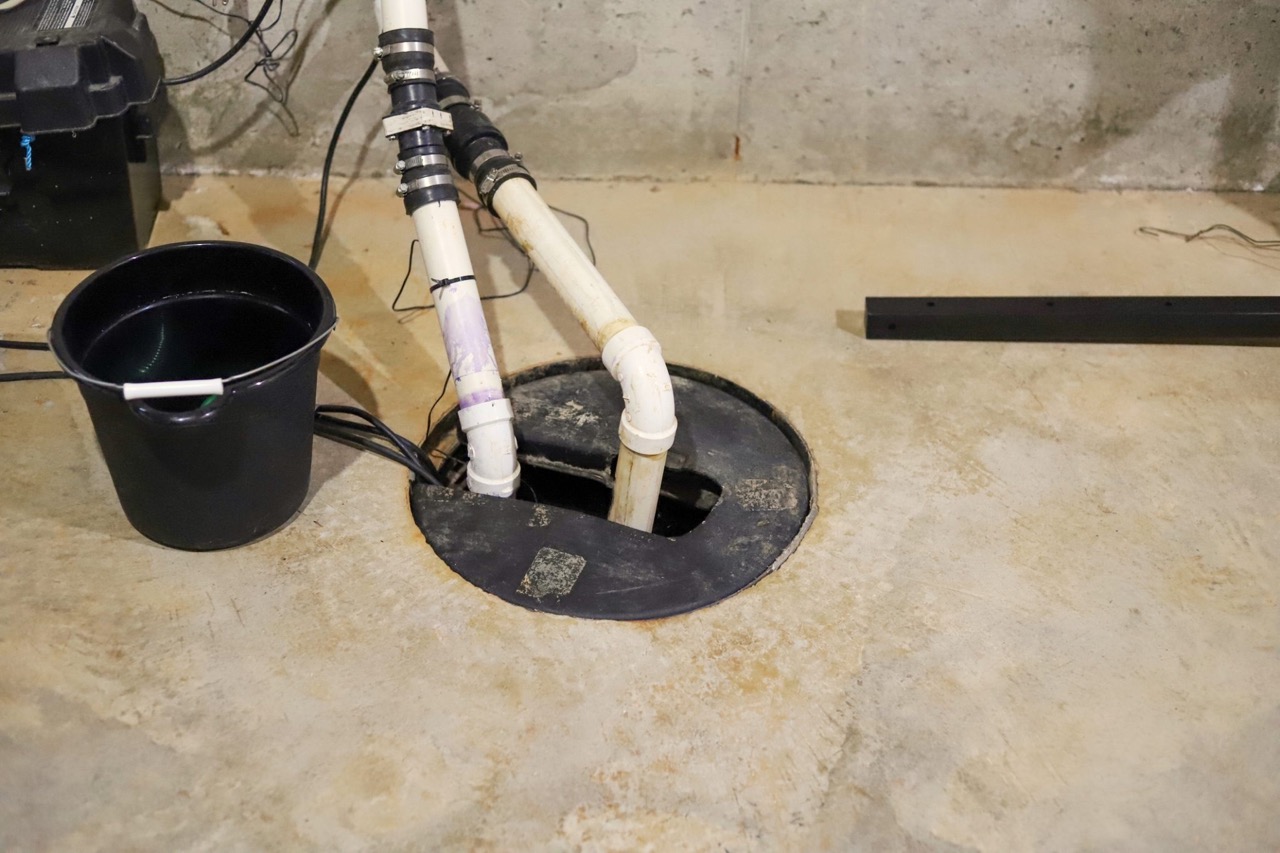
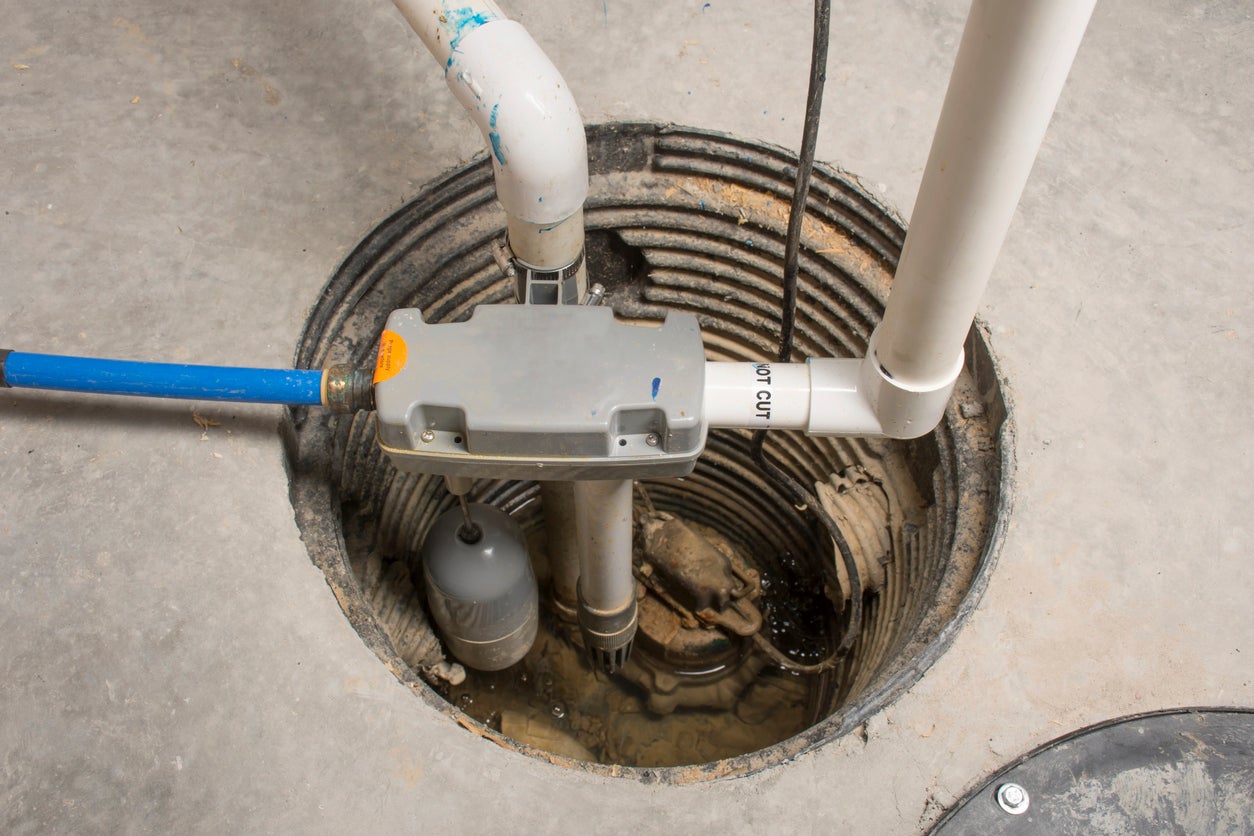
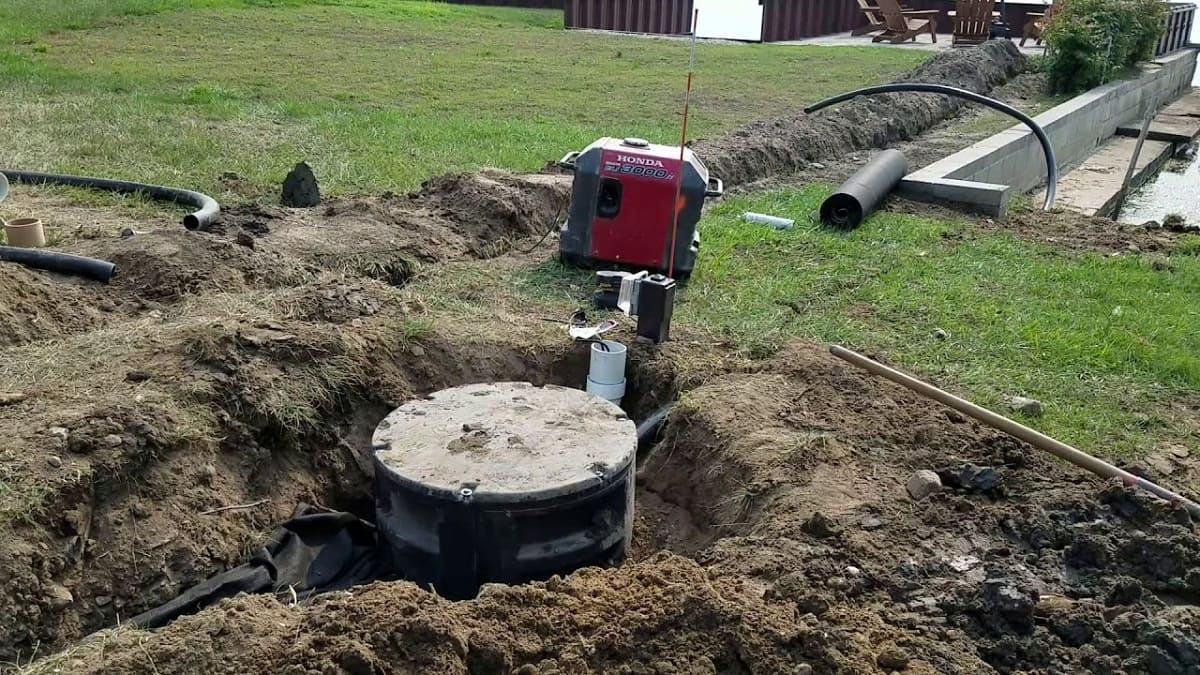
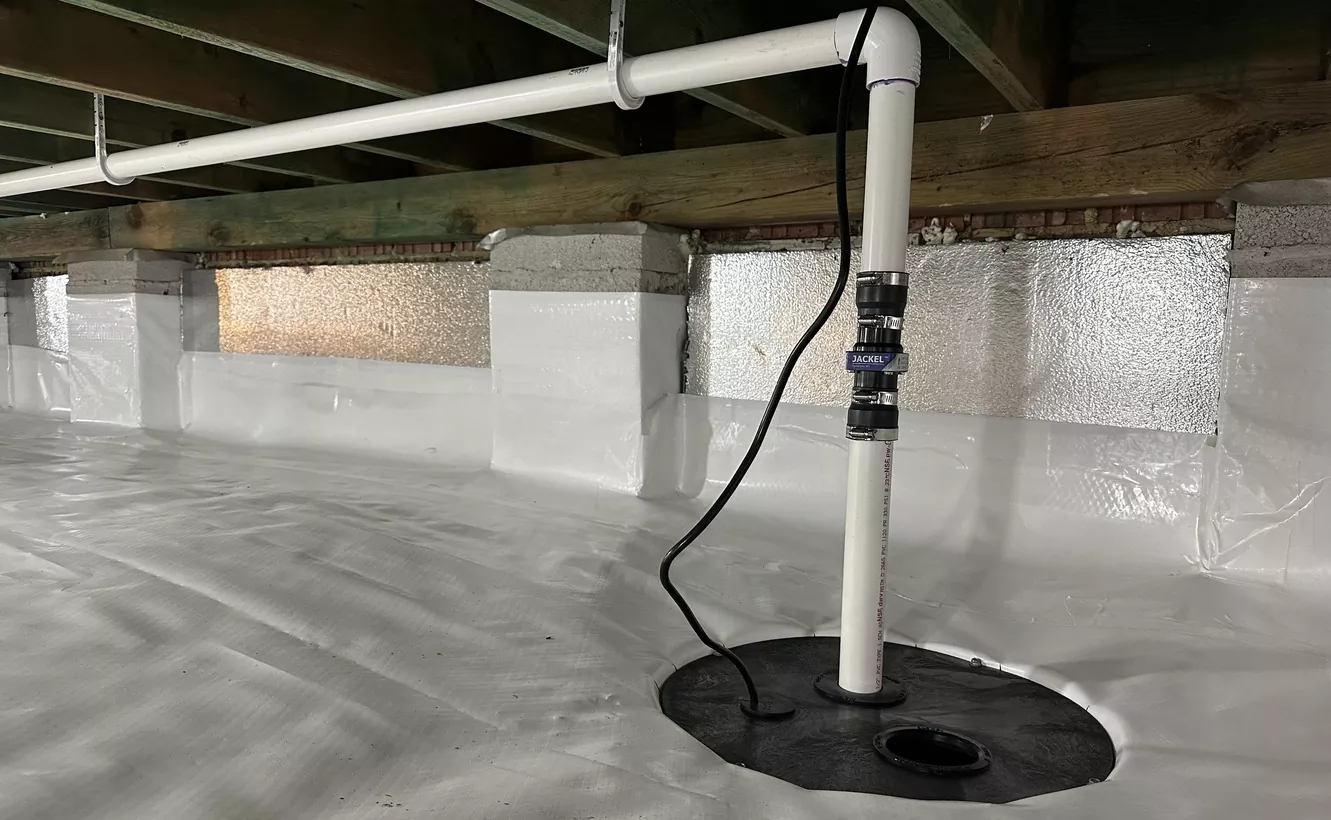
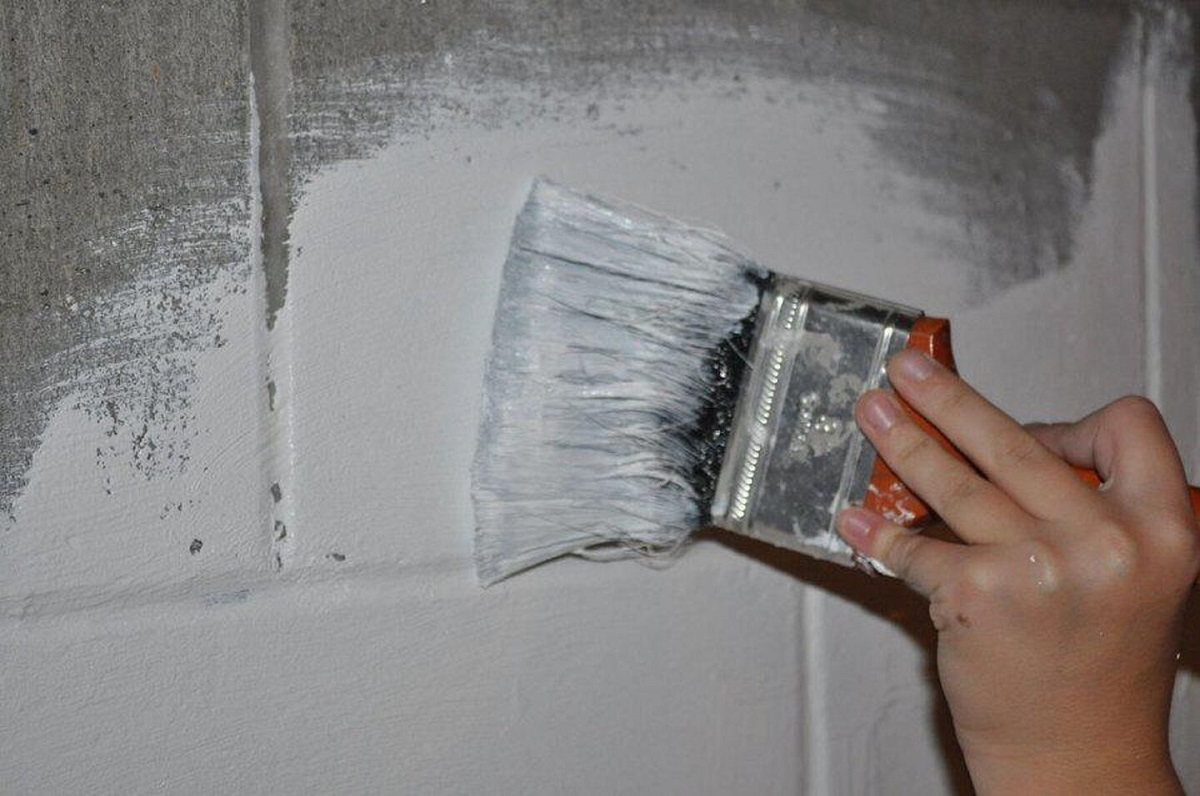
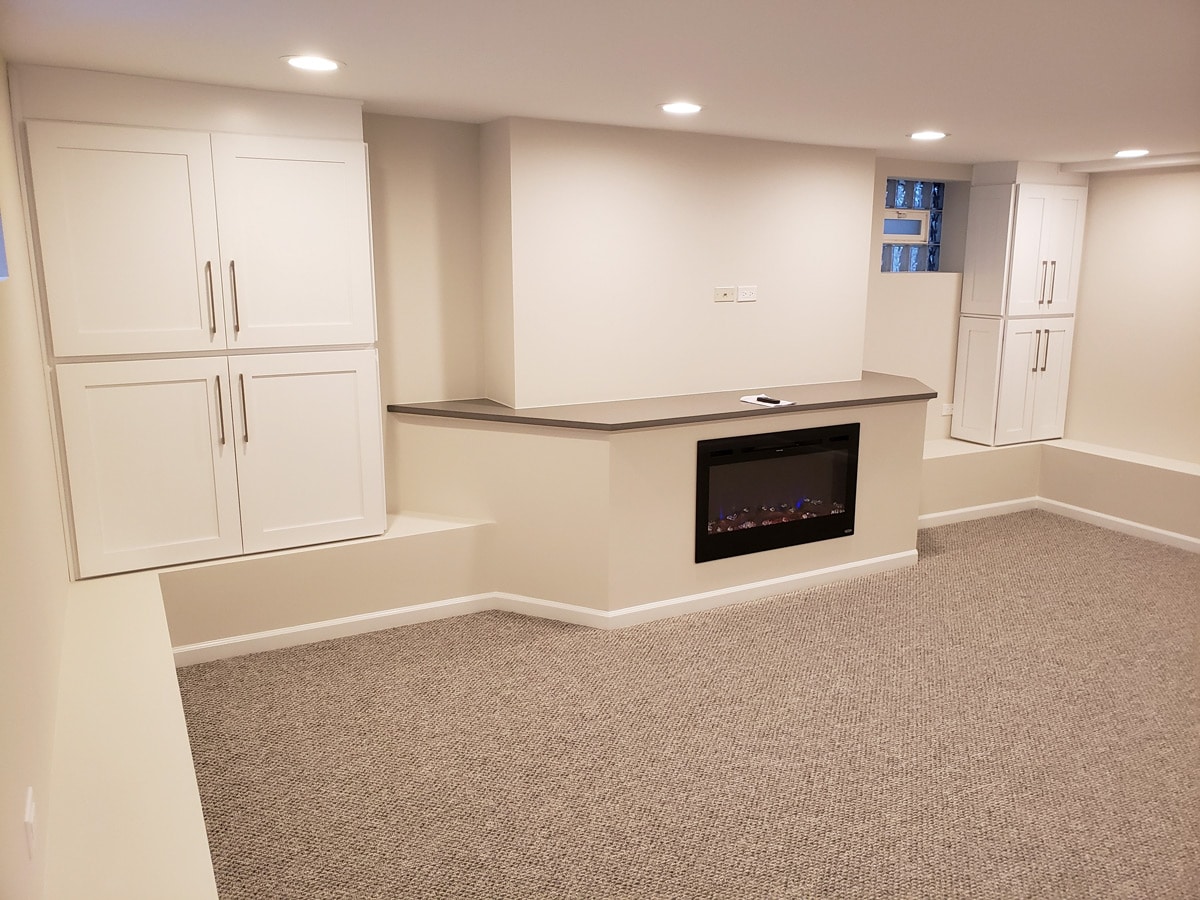
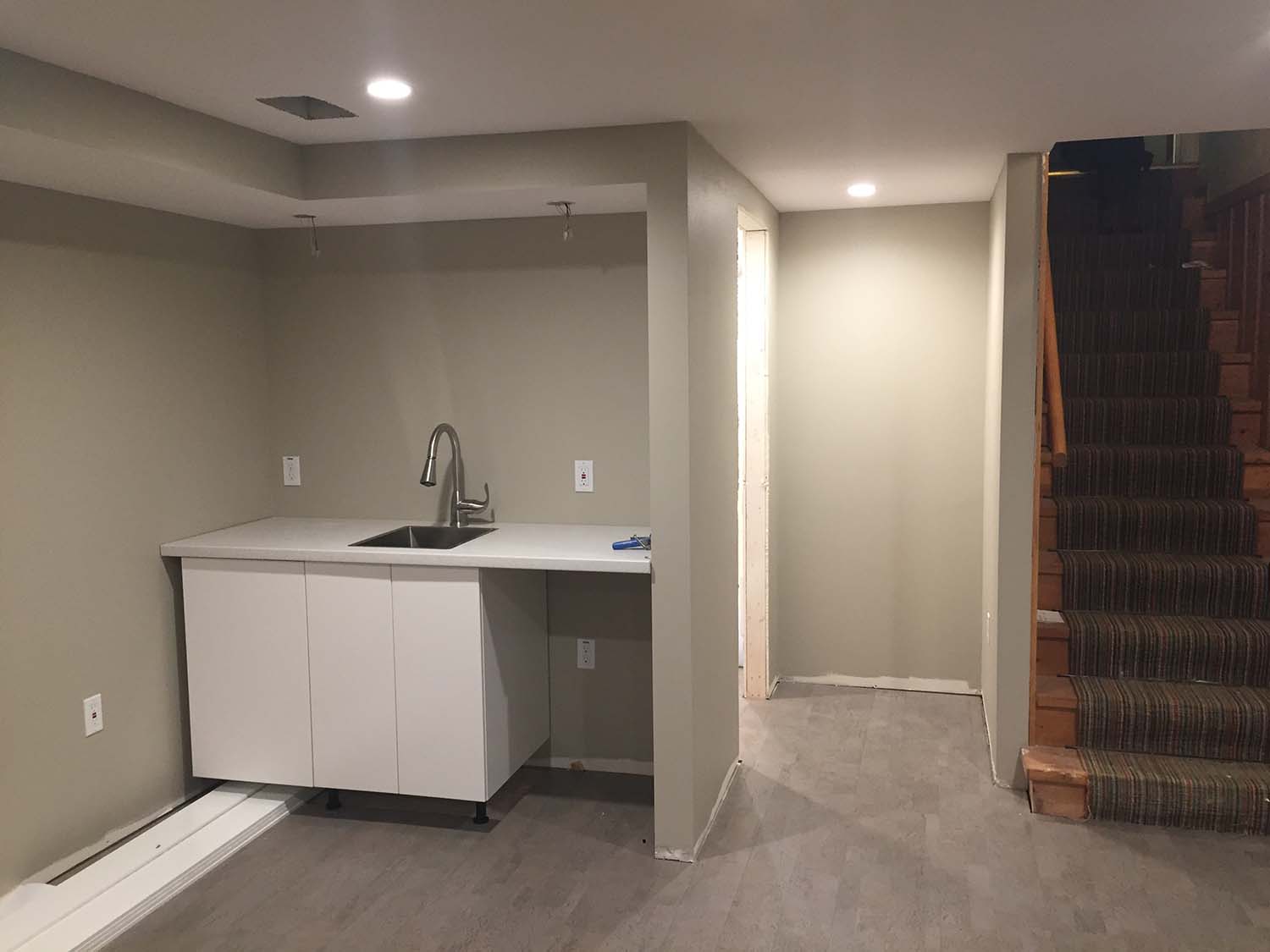
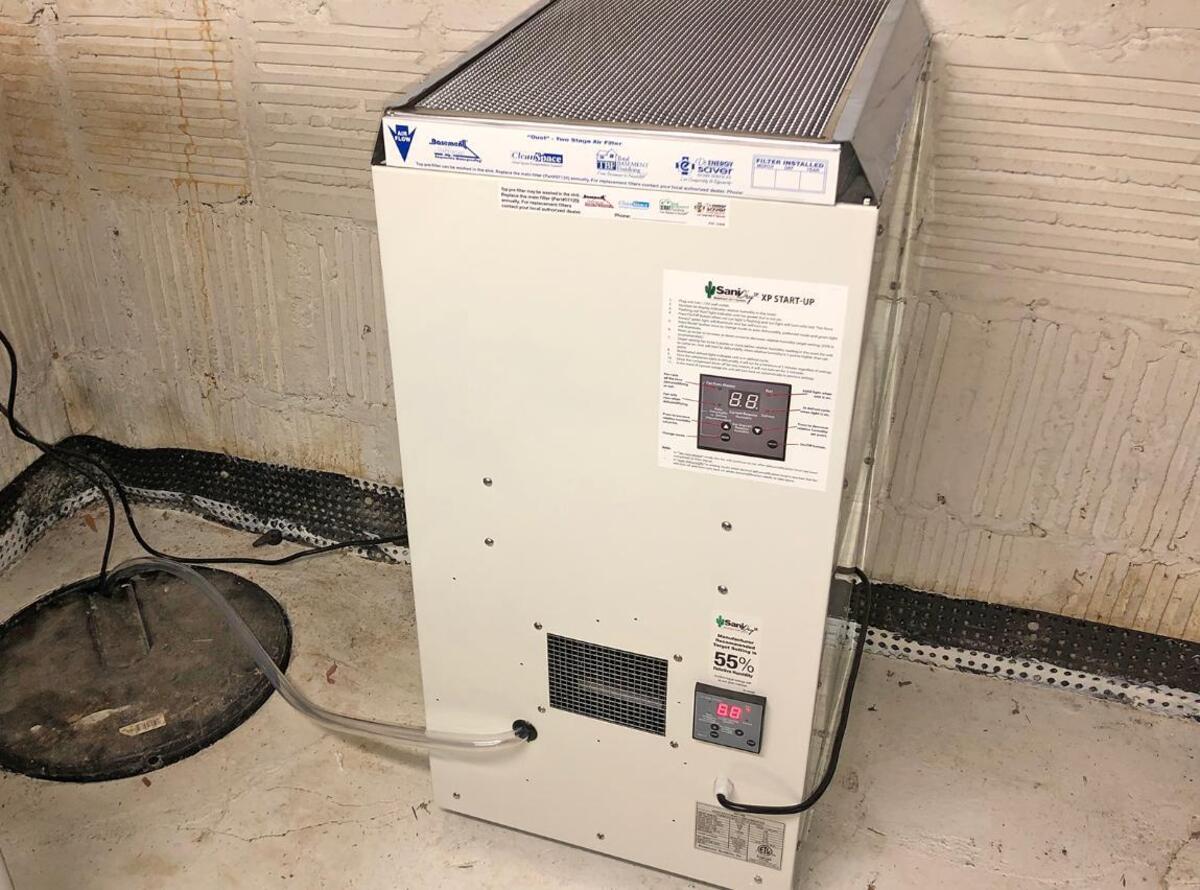

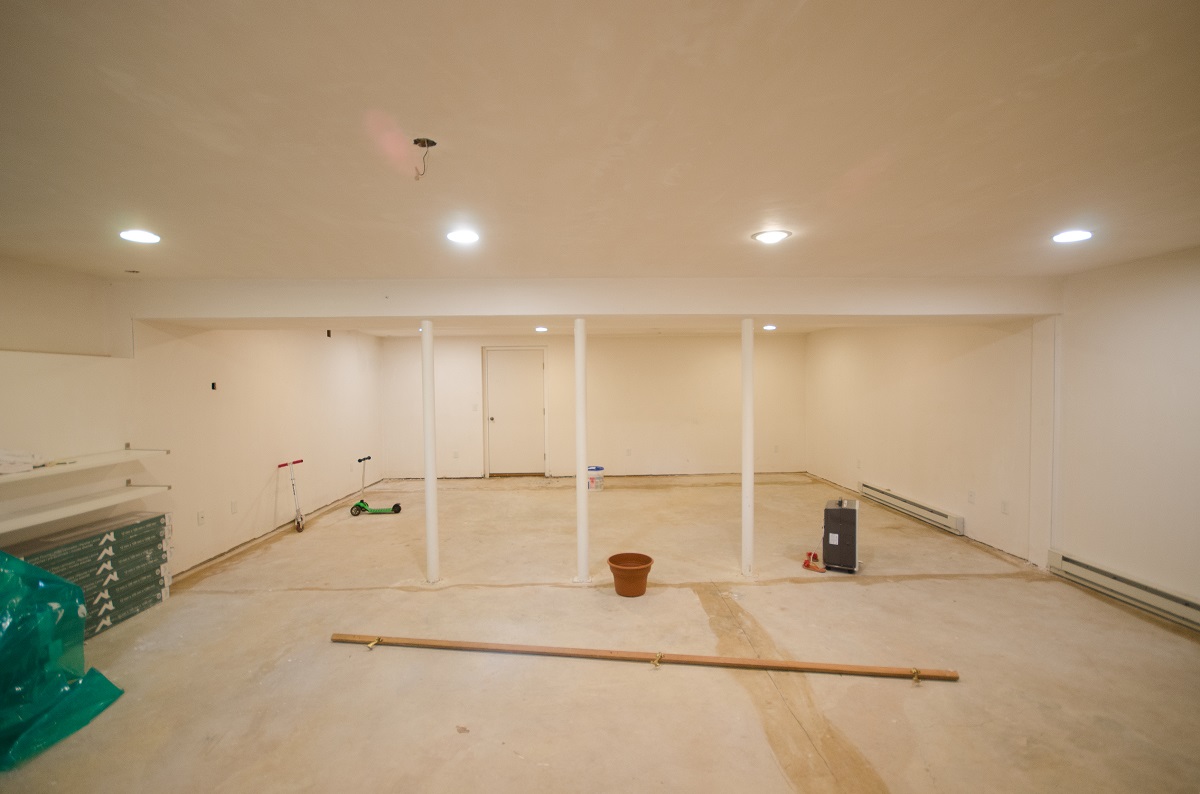
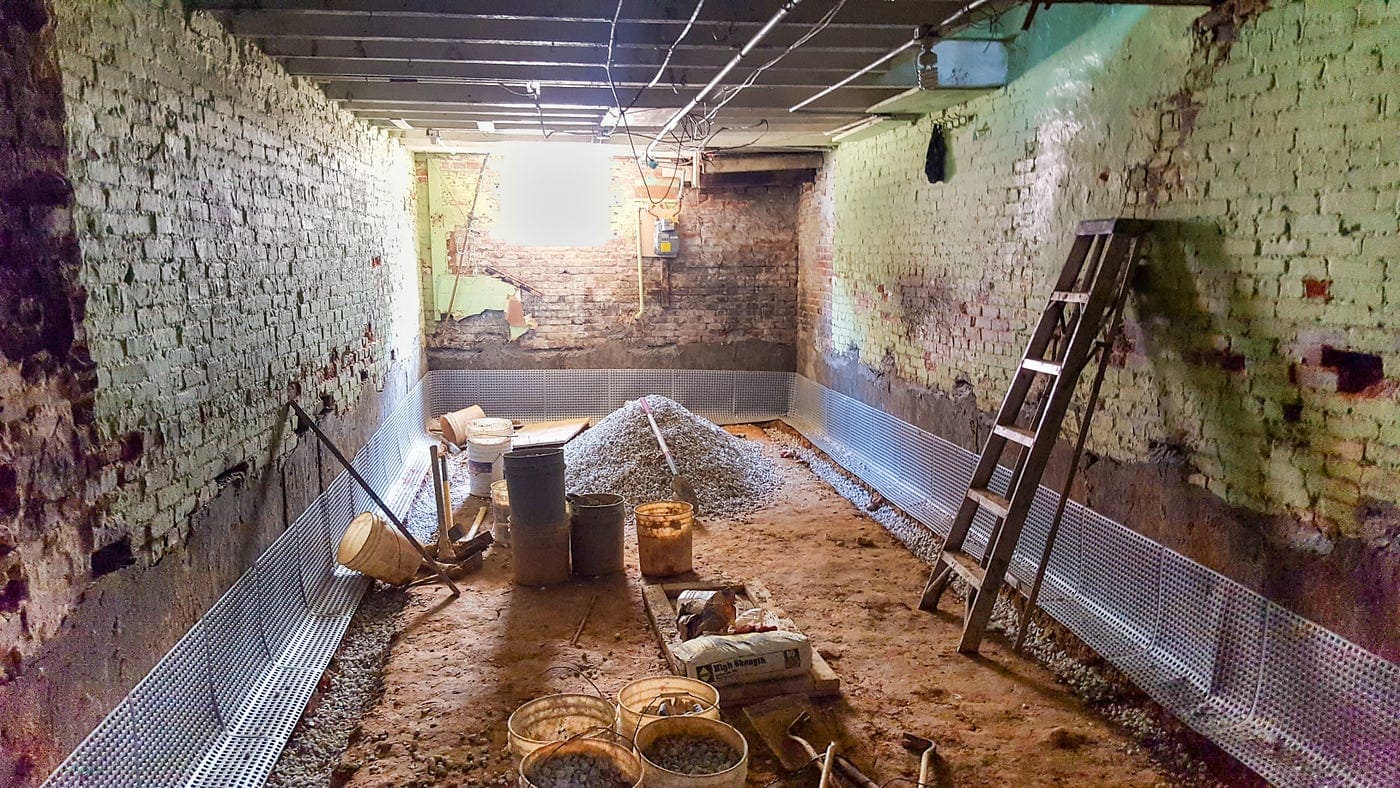
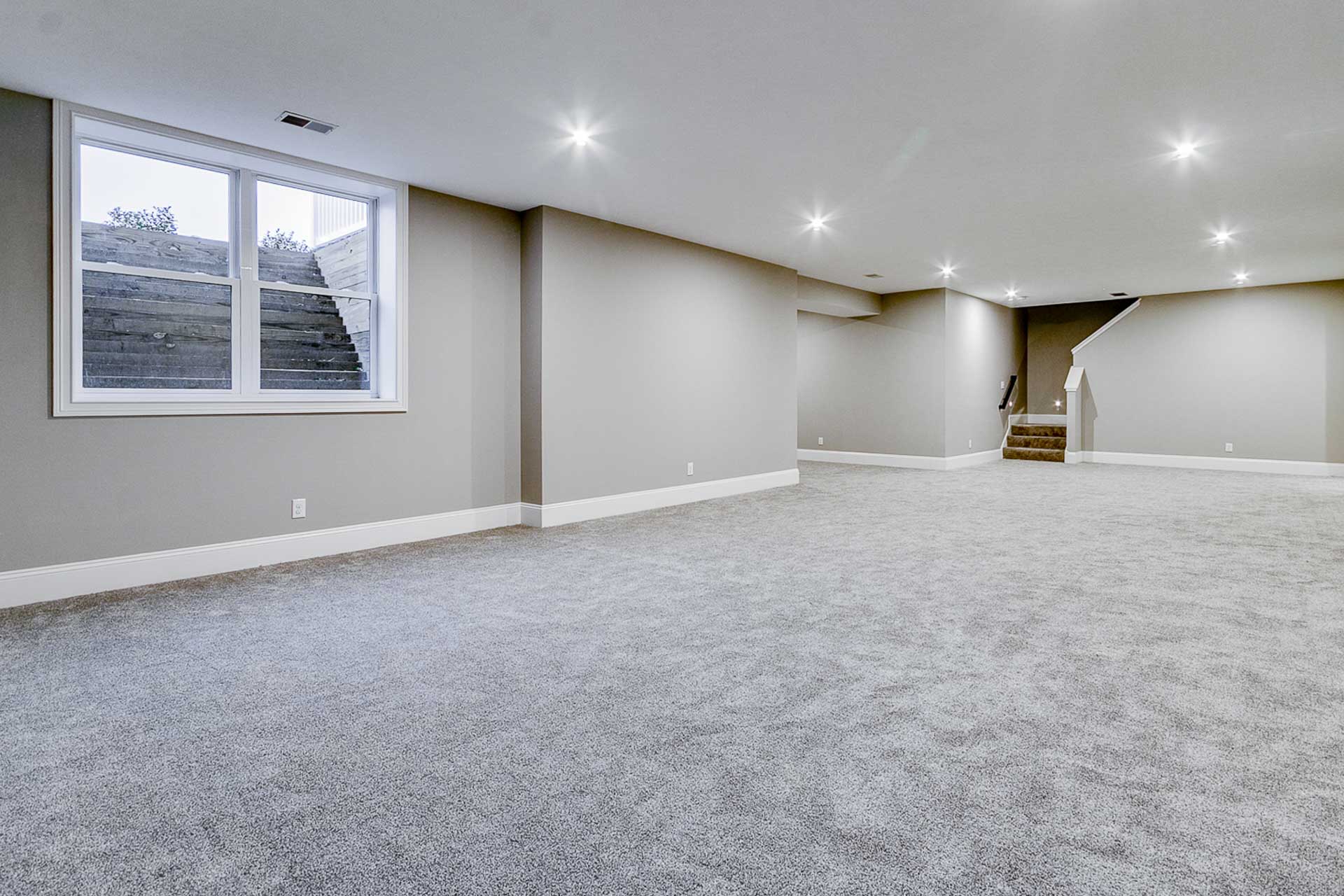
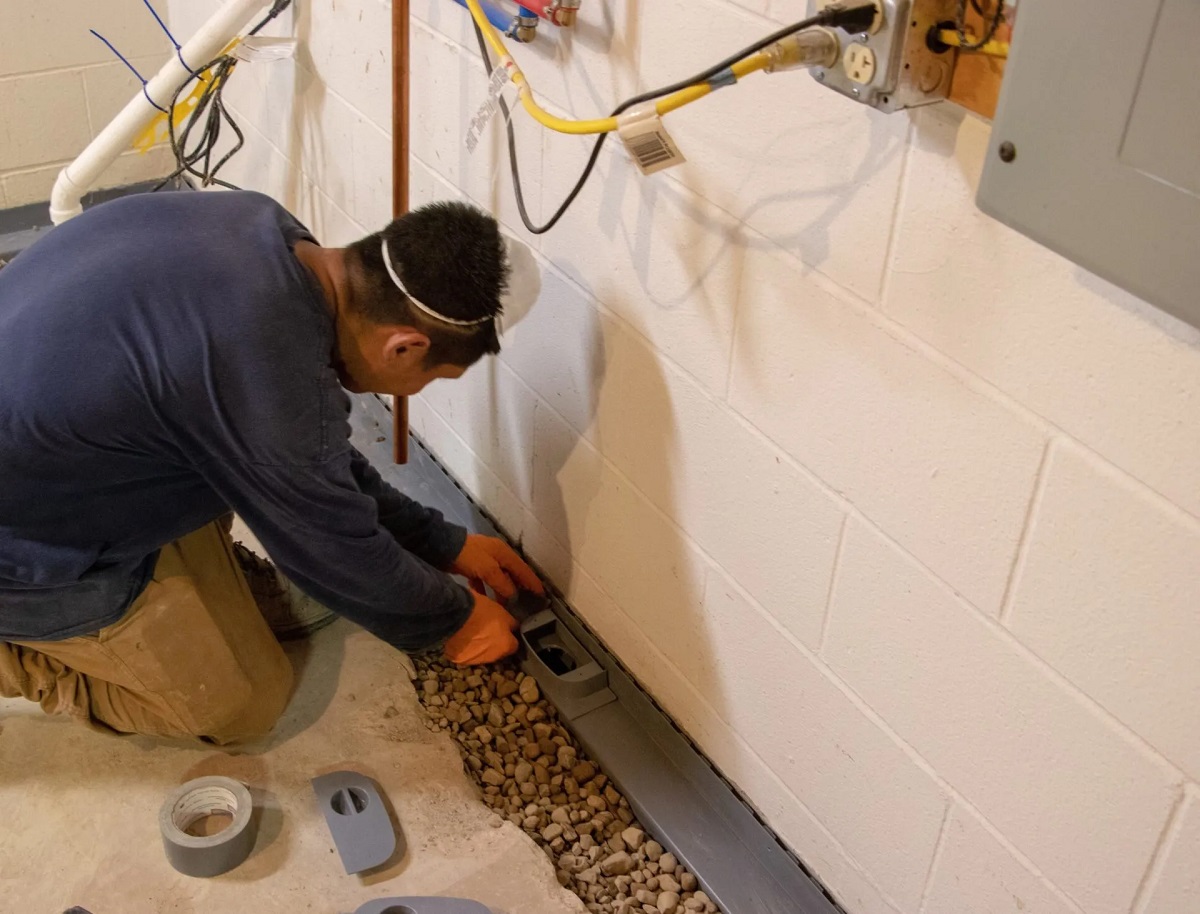

0 thoughts on “How Much To Install Sump Pump In Basement”